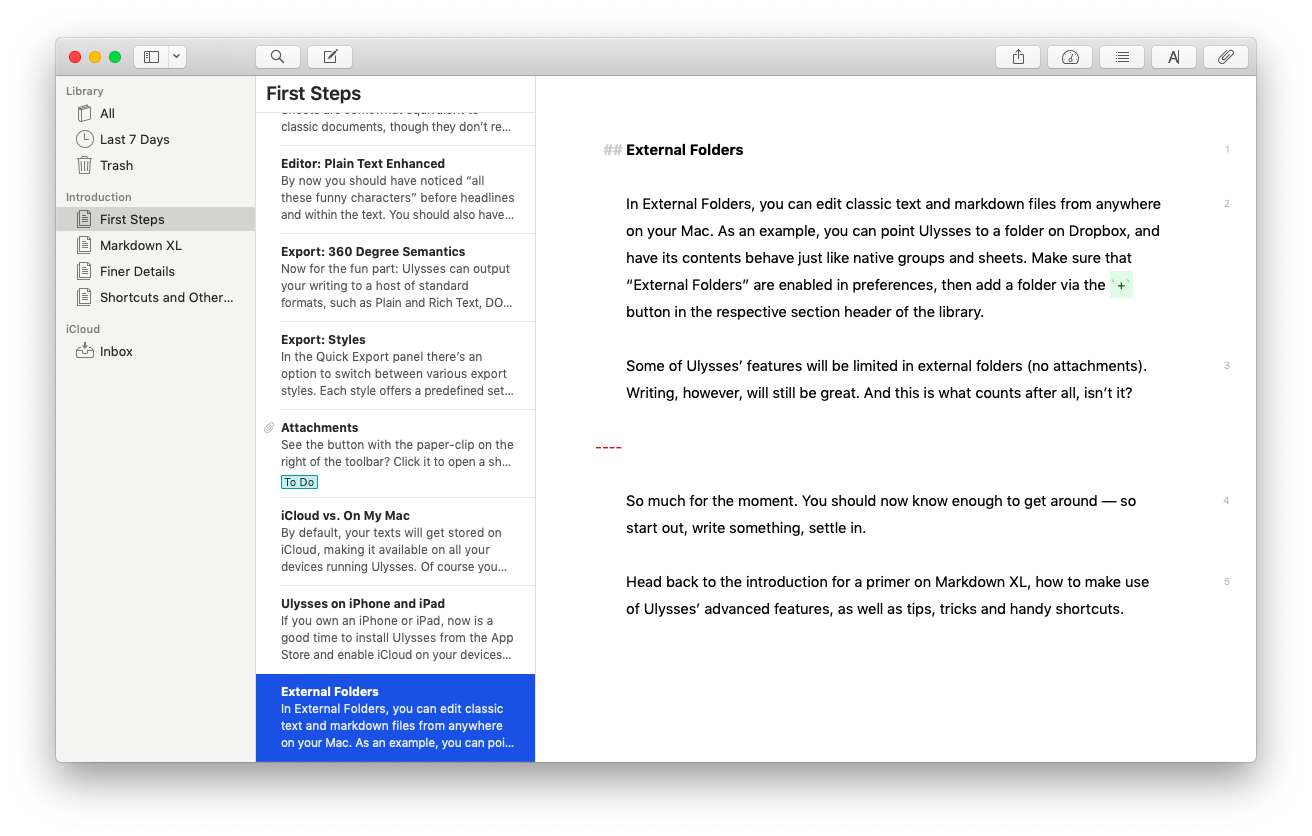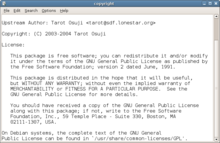| Developer(s) | Apple Computer, now Apple Inc. |
|---|---|
| Stable release | 1.4 |
| Operating system | System 7 – Mac OS 9 |
| Type | Text editor |
| License | Proprietary |
SimpleText is the nativetext editor for the Apple classic Mac OS.[1] SimpleText allows text editing and text formatting (underline, italic, bold, etc.), fonts, and sizes. It was developed to integrate the features included in the different versions of TeachText that were created by various software development groups within Apple.[2]

If I do need formatting—bold, italic, etc.—I use Markdown, a simple way of indicating formatting with text characters only. I can then paste the text into a web page, send it by email, or convert the file to HTML if necessary. Text Editors for Mac. Below are some text editor options you should consider for your Mac. NOTEPAD (Windows) NOTEPAD is the premier replacement for Microsoft’s Notepad. Mac: OS X 10.11 and macOS 10.12+ default to using San Francisco for the UI font; Mac: Fixed file change notifications from freezing UI on macOS Sierra; Mac: the user's default shell is executed and environmental variables are set in the plugin Python environment; Linux: Update X11 selection on clipboard every time selection changes.
It can be considered similar to Windows' WordPad application. In later versions it also gained additional read only display capabilities for PICT files, as well as other Mac OS built-in formats like Quickdraw GX and QTIF, 3DMF and even QuickTime movies.[2] SimpleText can even record short sound samples and, using Apple's PlainTalk speech system, read out text in English. Users who wanted to add sounds longer than 24 seconds, however, needed to use a separate program to create the sound and then paste the desired sound into the document using ResEdit.[2]
SimpleText superseded TeachText, which was included in System Software up until it was replaced in 1994 (shipped with System Update 3.0 and System 7.1.2). The need for SimpleText arose after Apple stopped bundling MacWrite, to ensure that every user could open and read Readme documents.
The key improvement of SimpleText over TeachText was the addition of text styling. The underlying OS required by SimpleText implemented a standard styled text format, which meant that SimpleText could support multiple fonts and font sizes. Prior Macintosh OS versions lacked this feature, so TeachText supported only a single font per document. Adding text styling features made SimpleText WorldScript-savvy, meaning that it can use Simplified and Traditional Chinese characters.[3] Like TeachText, SimpleText was also limited to only 32 kB of text in a document,[2] although images could increase the total file size beyond this limit. SimpleText style information was stored in the file's resource fork in such a way that if the resource fork was stripped (such as by uploading to a non-Macintosh server), the text information would be retained.
In Mac OS X, SimpleText is replaced by the more powerful TextEdit application, which reads and writes more document formats as well as including word processor-like features such as a ruler and spell checking. TextEdit's styled text format is RTF, which is able to survive a single-forked file system intact.
Apple has released the source code for a Carbon version of SimpleText in the Mac OS X Developer Tools. If the Developer Tools are installed, it can be found at /Developer/Examples/Carbon/SimpleText.
See also[edit]
References[edit]
- ^Engst, Tonya (1998). 'Writing a ReadMe File? Read This'. MacTech. 14 (10). Retrieved 17 February 2013.
- ^ abcdStearns, Bryan; Mark Cookson. 'Technical Note TN1005: The Compleat (sic.) Guide to SimpleText'. Apple Technical Notes. Archived from the original on 11 October 2004. Retrieved 17 February 2013.
- ^'Important Information About System 7.5 and the Chinese Language Kit'(PDF). Apple Inc. 1994. Retrieved 16 February 2013.
External links[edit]

Convert rich text documents to other formats
With TextEdit, you can open and edit rich text documents created in other word processing apps, including Microsoft Word and OpenOffice. You can also save your documents in a different format, so they’re compatible with other apps.
Create and edit HTML documents
You don’t need a special app to write or edit HTML code—just use TextEdit. You can display HTML documents like you’d see them in a browser, or use TextEdit as a code editor.
Mark up images
Macos Text Editors
You can write or draw on images in your text files using the tools in the Markup toolbar.
Mac Text Editor For Writer
To browse the TextEdit User Guide, click Table of Contents at the top of the page.
